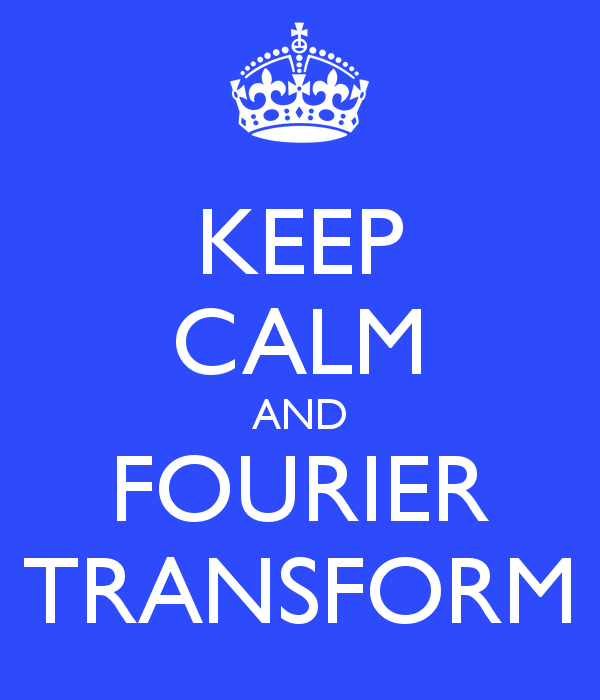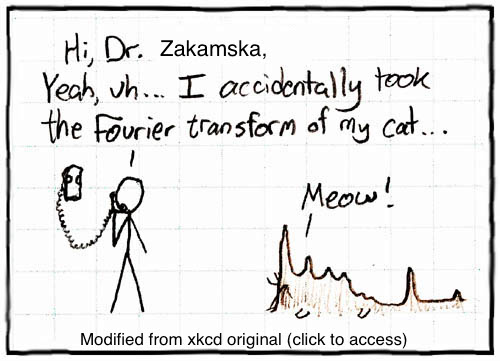| Special relativity (AS.171.207)
Waves (AS.171.201) Nadia Zakamska Fall 2016 |
| This is an old course webpage for information only, not a currently active course. Some materials have been removed in preparation for the next class. |

| Course information |
1. Overview
Special Relativity and Waves is the third course in the four-semester introductory sequence for physics majors. The course is divided into two parts. In the first three-four weeks we study the theory of special relativity (this is where 171.207 course ends after the first midterm and relevant homework). Then the rest of the semester is devoted to the physics of waves (for those who take the full course 171.201). The course builds upon the background in classical mechanics and electromagnetism, and precedes the full development of quantum physics. The course is calculus-based and uses differential equations, complex numbers and matrices. An introduction to complex numbers is included in the course. The use of matrices is optional but highly desired, here is a quick refresher.
2. Lecture schedule
Instructor: Prof. Nadia Zakamska
Lectures: Tue/Thur, 10:30-11:45 am (some exceptions possible), Bloomberg 361; office hours: after the class or by appointment.
3. Sections and labs
The Thursday sections will be either laboratory exercises or problem discussions. The discussion sections have the standard duration of 0h50min, but 1h30min is allocated for the laboratory exercises. Schedule of labs vs sections is here (the default option is a regular section). The schedule is tentative.
Section 1: Derek Brehm, Bloomberg 478, Thur 1:30-3:00 pm lab days, Thur 1:30-2:20 pm section days, office hours: Fridays 1:00-3:00 pm in Bloomberg 259, email: brehm.derek(at)gmail.com
Section 2: Mike Valentine, Bloomberg 478, Thur 3:00-4:30 pm lab days, Thur 3:00-3:50 pm section days, office hours: Mondays 2:00-4:00 pm in Bloomberg 259, email: mvalen16(at)jhu.edu
With the exception of the first lab on Special Relativity, which can be done individually, the experimental part of the labs will be done in pairs. You are welcome to use the Special Relativity lab to find a lab partner.
Loggerpro is software necessary for Lab 2 and beyond. Access instructions will be emailed to the class toward the end of September. Mathematica would be useful as well; it is free for JHU students (see instructions here), and Wolfram has resources on their website to get you started.
4. Grades
30% homework assignments and lab reports
30% midterms (Tentative dates: Midterm 1 on Special Relativity on Oct 11; Midterm 2 on Nov 15)
40% final exam (Dec 20, 9 am -- noon, this date and time are set by the registrar and I cannot change it)
Homework and exam policy is here.
5. Textbooks
Main book for Special Relativity: N.L.Zakamska's lecture notes, now updated to reflect the modern notation for 4-vectors, available here. Please report any typos to the instructor.
Recommended book for Special Relativity: "Introduction to Special Relativity" by Resnick
Main book for Waves: Harvard Waves course by David Morin, used with his kind permission (scroll down to find "Works in progress")
Recommended book for Waves: "Vibrations and Waves" (MIT intro series) by A.P.French
A limited-access link to practice problems, old exams and additional electronic resources will be provided at the first lecture.
| Assignments |

Weekly assignments were posted here and have since been removed from the public domain. The students were also provided with a limited-access link to exams from previous years, so that they could practice. If you are an instructor at another institution and are interested in assigments and exams for this class, please contact N.Z.
| Syllabus |
Sept 1. Lecture 1. Postulates of special relativity. Derivation of Lorentz transform.
Sept 6. Lecture 2. Length contraction, time dilation.
Sept 8. Lecture 3. Minkowski diagram. Simultaneous events, causally connected events. Transformation of velocity.
Sept 13. Lecture 4. Invariants and 4-vectors. Energy and momentum of particles.
Sept 15. Lecture 5. Forms of energy. Particle collisions.
Sept 20. Lecture 6. Energy and momentum of photons. Doppler effect, aberration.
Sept 22. Lecture 7. Relativistic dynamics. 2nd law of Newton in relativistic case in E&M fields.
Sept 27. Lecture 8. Relativistic particles in electric and magnetic fields.
Beginning of Waves and Oscillations: Expansion of potential near minimum. Simple Harmonic oscillator.
Sept 29. Lecture 9. Damped harmonic oscillator. Complex numbers. (Morin Chapter 1.)
Oct 4. Lecture 10. Driven harmonic oscillator.
Oct 6. Lecture 11. Resonance curve. Beats.
Oct 11. Midterm 1. Special Relativity midterm based on lectures 1-8. Books, calculators, notes are OK.
Oct 13. Lecture 12. Coupled oscillations: two, three masses (Morin chapter 2). Longitudinal vs transverse oscillations (Morin chapter 4.1). Normal modes (Morin chapter 2).
Oct 18. Lecture 13. Coupled oscillations: N masses.
Oct 20. No lecture (Monday schedule for the University)
Oct 25. Lecture 14. Discrete real Fourier series. (Morin chapter 3)
Oct 27. Lecture 15. Discrete complex Fourier series. Response of RLC circuits to periodic voltage. Fourier transforms. Response of RLC circuits to arbitrary voltage.
Nov 1. Lecture 16. Review section by Derek Brehm and Mike Valentine (Fourier and waves on a string problems for midterm 2).
Nov 3. Lecture 17. Delta function. Relationship between Fourier transforms and Fourier series. Aliasing, strobe effect, Nyquist theorem.
Nov 8. Lecture 18. Wave equation. Standing vs traveling waves (Morin chapter 4.2).
Nov 10. Lecture 19. Reflection and transmission. Impedance. Energy and momentum of waves (Morin Ch 4). Attenuation (Morin Ch 4).
Nov 15. Midterm 2. Everything up to and including wave equation / power of waves. Open book exam.
Nov 17. Lecture 20. Sound waves (Morin Ch 5). Euler and continuity equations. Sound speed in solids and gasses. Energy of the sound.
Nov 29. Lecture 21. Non-relativistic Doppler effect. Musical instruments. Fixed and open boundary conditions. Amplitude of 2D and 3D waves. Dispersion (Morin Chapter 6). Wave packets, group velocity, phase velocity.
Dec 1. Lecture 22. Dispersion: Break-down of the wave approximation, high-frequency cut-off, dispersion relation, evanescent waves, penetration length, example problems.
Dec 6. Lecture 23. Boundary effects and interference (Morin Chapter 9). 2D and 3D wave equation. Huygens - Fresnel principle. Reflection and refraction. Snell's law. Double-slit interference.
Dec 8. Lecture 24. Multi-slit interference. Single-slit diffraction. Single-slit effects in interference. Diffraction limit in astronomical instrumentation.
| Miscellaneous |
Ripple tank simulator (and lots of other simulations on the parent webpage) [I have encountered issues running this ap on a Mac. I have updated my Java to the most current version, which ruined it for Chrome, but works on Safari and Firefox, and I set the security settings to minimal.]
Torsional pendulum simulation [If it is not running, use the same Java fix as above.]
CGS vs MKS (scroll down for a conversion table for electromagnetic units)
Albert Michelson's mechanical harmonic analyzer (I recommend the first three videos: Intro, Synthesis, Analysis.)
Coffee waves, quantum mechanics and Bessel functions
Decomposing a square wave into a Fourier series
1D, 2D and 3D standing waves: Linear Ruben's tube, Ruben's square, Standing waves in a 2D soap film.